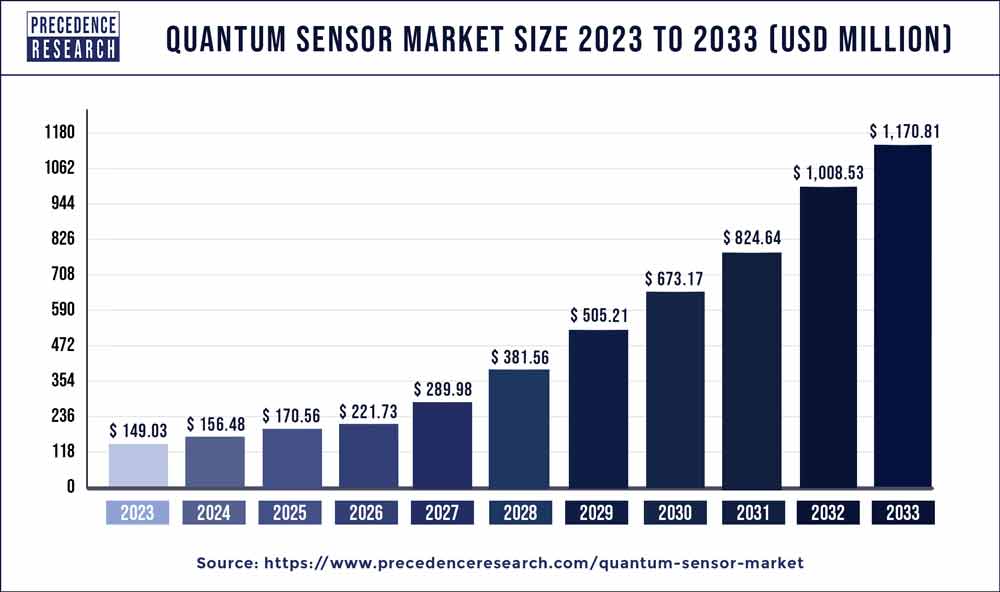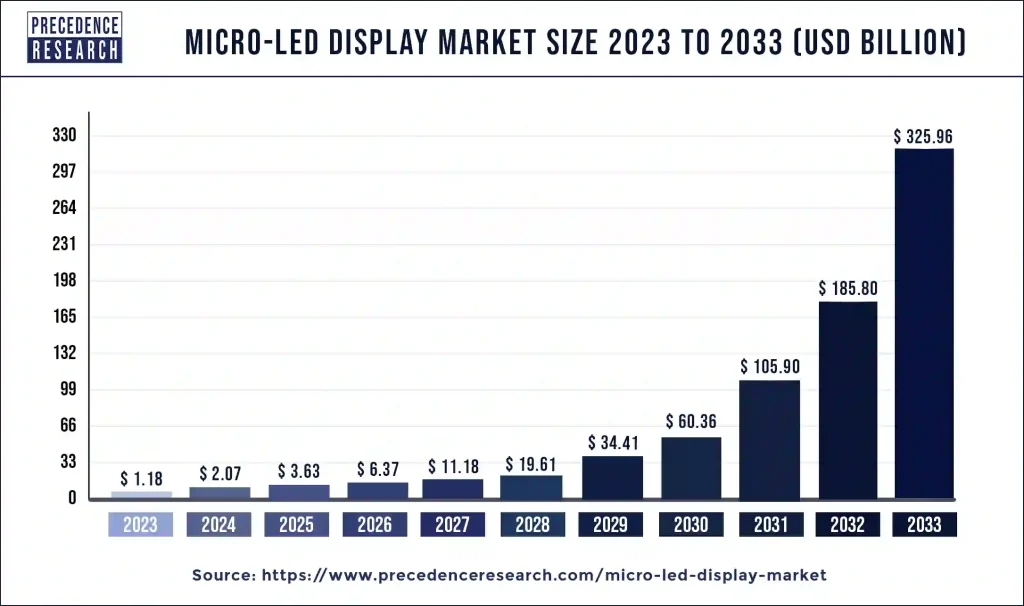The global aerospace semiconductor market is undergoing a remarkable transformation, valued at USD 7.73 billion in 2025 and forecast to nearly double to USD 15.52 billion by 2034. Buoyed by a robust compound annual growth rate (CAGR) of 8.06% from 2025 to 2034, this sector is primed for extraordinary innovation—from satellites and avionics to AI-powered chip design—with North America holding the dominant share and Asia-Pacific emerging as the next engine for growth.
![]()
Aerospace Semiconductor Market Quick Insights
-
The market stands at USD 7.73 billion in 2025, with projections reaching USD 15.52 billion by 2034.
-
CAGR: 8.06% between 2025 and 2034.
-
Top Region: North America, claiming around 40% of the market in 2024 (revenue: USD 2.43 billion in the U.S. alone).
-
Fastest Growth: Asia Pacific, powered by air travel demand and manufacturing expansion.
-
Leading Application: Avionics systems and flight control (over 30% market share in 2024).
-
Top Player Snapshot: Infineon Technologies, NXP Semiconductors, Texas Instruments, Microchip Technology, Broadcom Inc., ON Semiconductor, and more.
-
Commercial Aviation: Dominates with more than 52% market share.
-
Key Materials: Silicon carbide (SiC) and gallium nitride (GaN) for high-temperature, high-reliability applications.
What Is Fueling This Takeoff?
With commercial aviation, defense, and satellite systems demanding smarter, more robust, and energy-efficient electronics, the aerospace semiconductor market is being propelled by:
-
Increased air traffic and fleet expansions worldwide, especially in emerging markets.
-
Government and private sector investments in national security, space exploration, and modernization, especially in North America and China.
-
The push for lighter, more reliable, and energy-saving semiconductor components in avionics, navigation, and propulsion technologies.
AI: The Secret Weapon in Aerospace Chips
Artificial Intelligence is fundamentally reshaping how aerospace-grade semiconductors are conceived, tested, and manufactured. AI-powered design tools accelerate chip innovation, enabling engineers to explore new materials and architectures with unprecedented speed. Machine learning identifies performance patterns and predicts failures, directly improving reliability in high-stakes aerospace environments.
From automating complex simulations to optimizing chip layouts for aerodynamics and resilience under extreme conditions, AI’s influence extends from factory floors to mission-critical applications inside satellites, space vehicles, and next-gen drones. Semiconductors born from this AI-driven ecosystem are smarter, more adaptable, and ready to meet tomorrow’s threats—both on Earth and in orbit.
Aerospace Semiconductor Market Scope
| Report Coverage | Details |
| Market Size by 2034 | USD 15.52 Billion |
| Market Size in 2025 | USD 7.73 Billion |
| Market Size in 2024 | USD 7.15 Billion |
| Market Growth Rate from 2025 to 2034 | CAGR of 8.06% |
| Dominating Region | North America |
| Fastest Growing Region | Asia Pacific |
| Base Year | 2024 |
| Forecast Period | 2025 to 2034 |
| Segments Covered | Component Type, Functionality, Platform, Material Type, Technology Node, Appliction, End User, and Region |
| Regions Covered | North America, Europe, Asia-Pacific, Latin America, and Middle East & Africa |
What Factors Are Powering Market Growth?
-
Rising Air Traffic: Global demand for air travel and cargo is surging, with the commercial aircraft fleet in Asia-Pacific expected to triple by 2043.
-
Military Modernization: Defense spending is at historic highs, spurring the integration of advanced semiconductors in unmanned systems, surveillance, and navigation.
-
Technological Breakthroughs: Adoption of new materials like SiC/GaN, integration of 5G and IoT technologies, and miniaturization of chips all facilitate safer, more connected, and energy-efficient aerospace systems.
-
Electric and Hybrid Propulsion: The aerospace move toward green propulsion solutions creates new demand for advanced power management semiconductors.
Opportunity and Trend Section: Is Miniaturization the Game Changer?
-
Will the rise of miniaturized, lightweight chips facilitate a new class of autonomous, energy-efficient drones and satellites?
-
Can advances in AI and machine learning unlock the next leap in semiconductor reliability for deep-space missions?
-
Is the shift toward vertical integration and on-shore manufacturing set to offset ongoing supply chain shocks?
Regional and Segmentation Analysis
-
North America: Retains the lead (approx. 40%) due to government investment and deep-rooted aerospace conglomerates like NASA and SpaceX. Its strict safety and quality regimes push semiconductor standards worldwide.
-
Asia Pacific: The fastest-growing region, aided by skyrocketing demand for air travel, aggressive military upgrades, and the world’s biggest semiconductor manufacturing clusters in China, Taiwan, and India.
-
Europe: Focused on high-reliability systems for aviation and space, home to Airbus and satellite system integrators.
-
Latin America, Middle East & Africa: Growing rapidly, spurred by commercial aviation expansion.
By Segment (as per prominent reports):
| Segment | Share/Highlight |
|---|---|
| Integrated Circuits (ICs) | Over 35% market share in 2024 |
| Avionics & Flight Control | Over 30% share |
| Commercial Aviation | Over 52% of total market |
| Technology | Surface-Mount & Through-Hole, focus on miniaturization |
| Application | Communication, Navigation, Imaging, Munitions, Satellites |
Aerospace Semiconductor Market Top Companies and Breakthroughs
-
Infineon Technologies AG: Leading in rad-hard chips for spacecraft.
-
Texas Instruments: Focused on robust analog and mixed-signal devices.
-
Microchip Technology Inc.: Innovating in avionics-grade microcontrollers.
-
Broadcom Inc., NXP Semiconductors, ON Semiconductor: Driving integration, reliability, and next-gen IoT connectivity.
-
Breakthroughs reported: Chips rated for extreme cold, new SiC/GaN modules, and edge-AI enabled avionics processors.
What’s Hindering Market Ascent? Challenges & Pressures
-
Supply Chain Disruptions: Global shocks, geopolitics, and logistics snarls are central risks.
-
Cost Pressures: High R&D and qualification costs for aerospace-grade chips squeeze margins, requiring collaboration and ecosystem resilience.
-
Talent Shortage: The specialized skill set needed hampers pace in R&D and manufacturing.
Case in Point: Smart Defense Readiness
A leading US contractor recently equipped new UAVs with advanced, AI-tuned semiconductor modules capable of real-time threat detection and flight-path optimization under severe electromagnetic interference. This integration slashed mission turnaround times and reduced overall component weight by 22%, directly translating into fuel savings and enhanced range—demonstrating the real-world value proposition for stakeholders mandated to do more with less.
Read Also: Segmented Flow Analyzer (SFA) Market
You can place an order or ask any questions. Please feel free to contact us at sales@precedenceresearch.com |+1 804 441 9344

